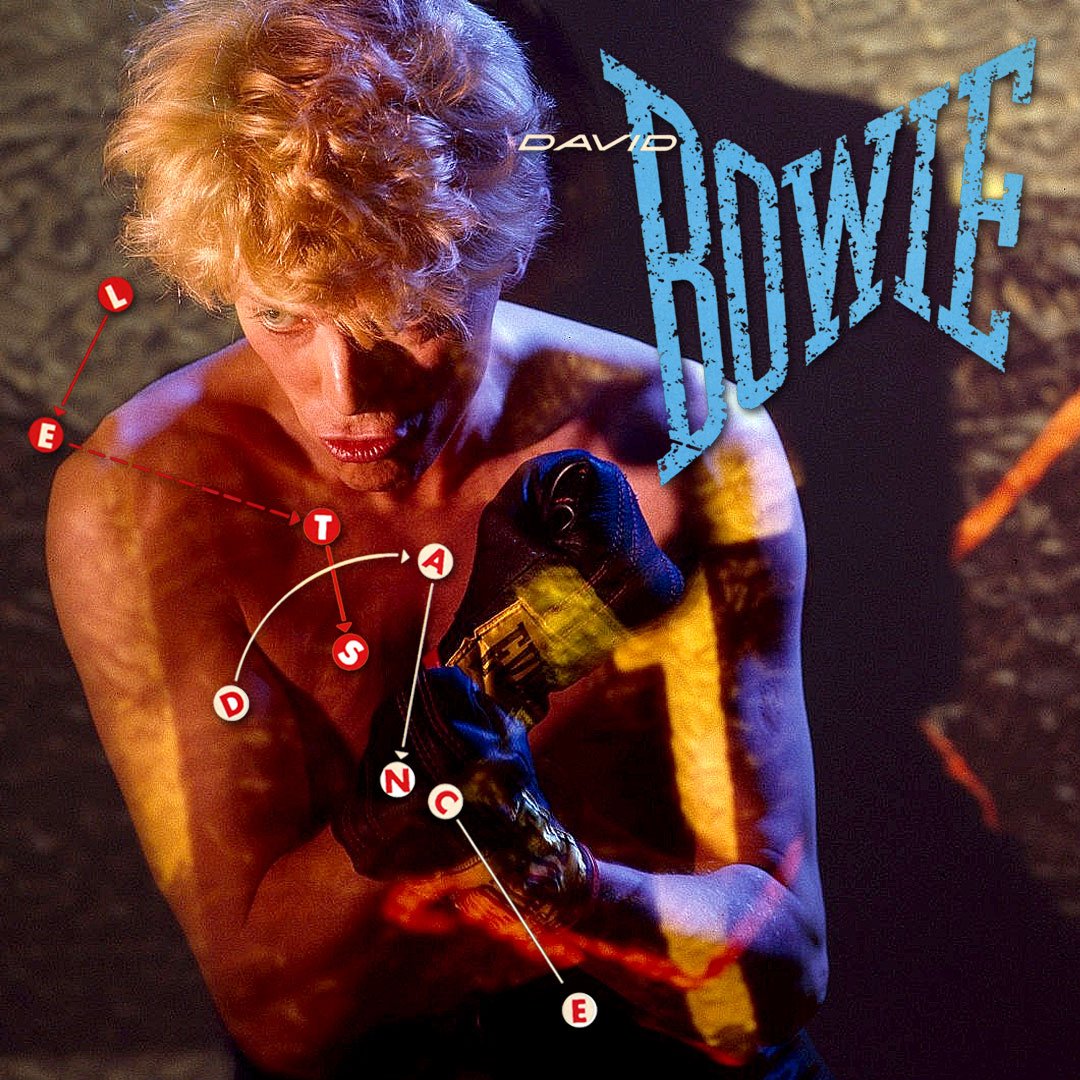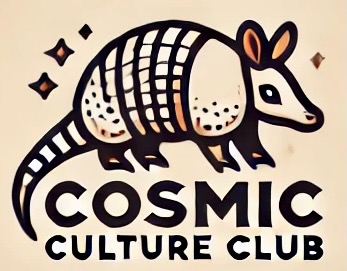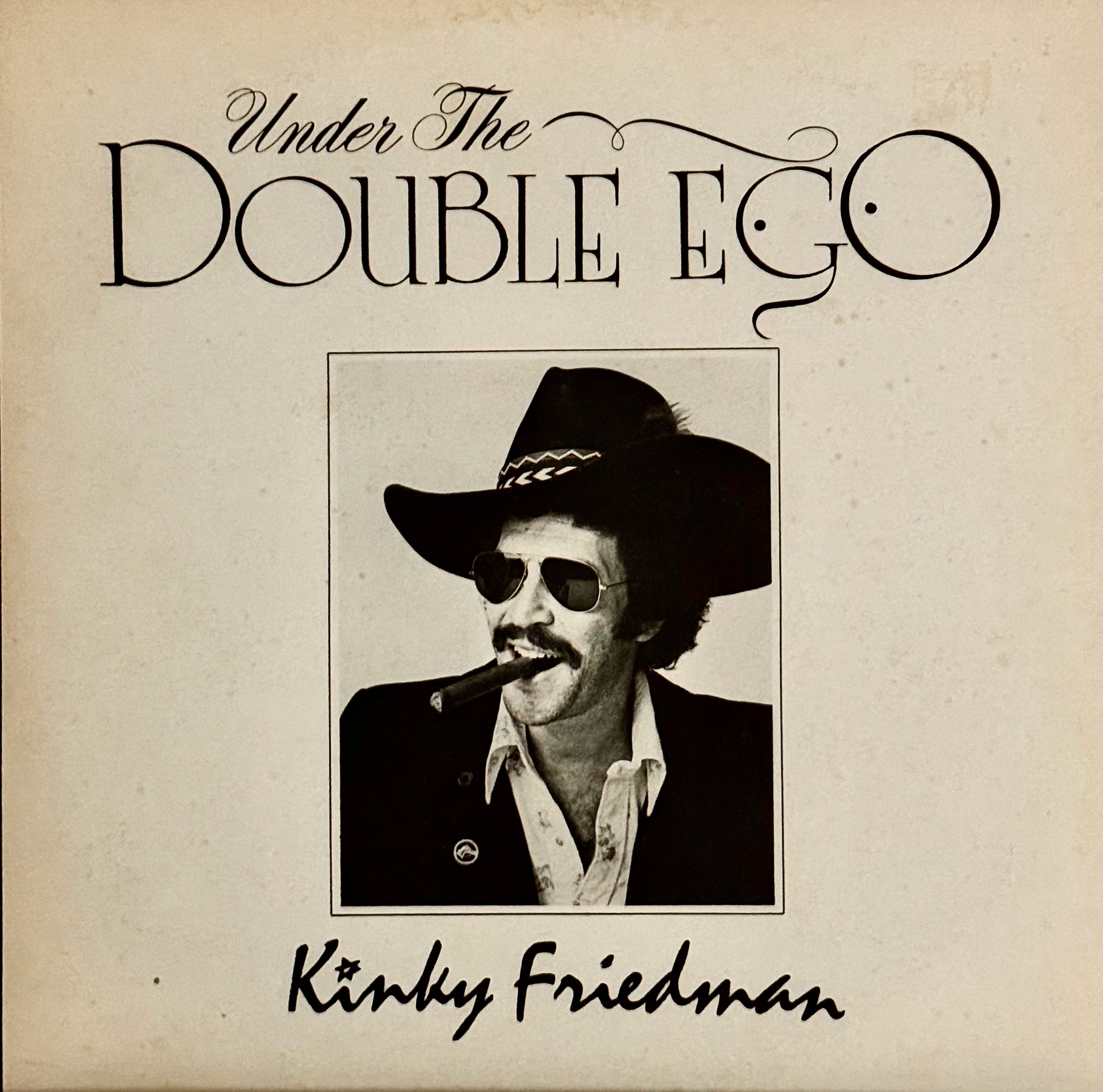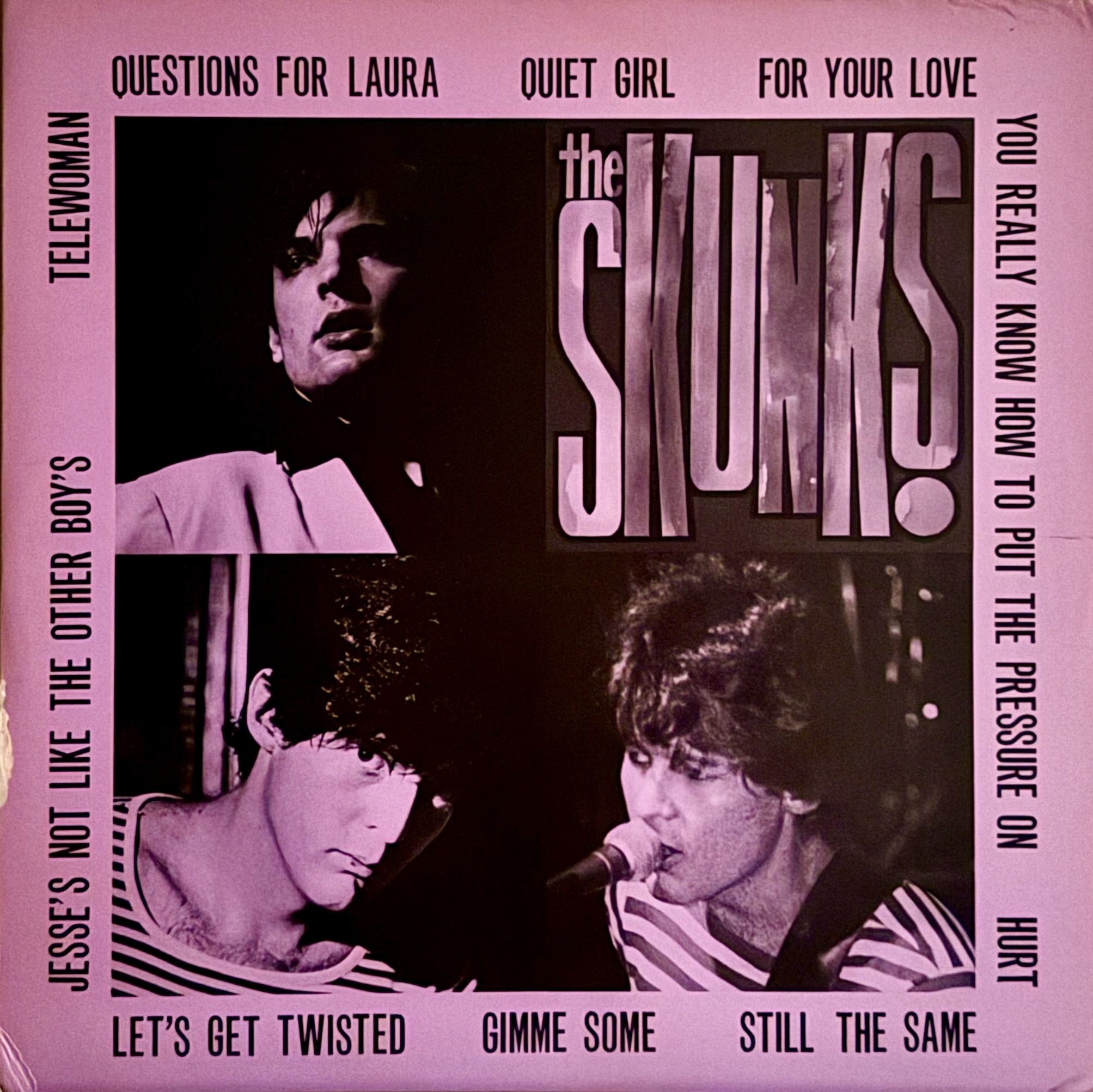David Bowie
Album: Let’s Dance
Released: 1983
Let’s Dance transformed David Bowie from a rock star into a megastar. He was chasing commercial success with this album and in the process discovered an entirely new legion of fans. Not only is it the best-selling album he recorded, but RCA, the label he had just fled, capitalized on the attention by re-releasing his earlier material. It was a lucrative strategy, and Bowie ended the year with ten albums ranked among the hundred best selling.
There are divided opinions on the artistic merits of the album. It’s a pure pop album with catchy hooks that are so fun that they turn true snobs off. Those that feel the need to defend the album point to its commercial success, stating that Bowie set out to record an album for the masses and produced one that sold over ten million copies. They say it is a definitive pop album, arguably the definitive pop album. The snobs point back at the shallow lyrics and disco influences. However, everyone agrees that Bowie slipped into creative low point for several years following the release of this album. Depending on who you ask, it’s either the electrifying finale of an illustrious first act, or the first of a string of uninspired recordings. If you ask me, I’m taking option one.

What’s exciting for Austinites is that this album is the breakout performance for a young guitarist named Stevie Ray Vaughan. Bowie had seen him on stage at the Montreux Jazz Festival and was so impressed that he personally recruited the young bluesman to play on the album. The unlikely pairing is incredible, and Vaughan adds rocket fueled guitar solos to the poppy tunes. Coincidentally, it’s the first album that Bowie did not play any instruments on.
Vaughan was set to join the “Serious Moonlight Tour” in support of the album, but last-minute disagreements led to a dramatic scene that literally left Stevie standing on the sidewalk as the tour bus pulled away. While most of the argument was contractual, there was also some personal strife. Bowie was upset that Vaughan had a drug addiction, and Vaughan was unhappy that Bowie had mimed his guitar solo in the “Let’s Dance” video. As Vaughan articulately put it, “That motherfucker shouldn’t be pretending to be playing shit he wasn’t playing!”
Touring with Bowie would have distracted Vaughan from his promotional duties at the time he and Double Trouble were releasing Texas Flood. In the end, not being on the tour was the best career choice and a win for music fans.

The Cosmopolitan
For this album, we turn to an alluring cocktail that first rose to fame in the discos of the 1980s before being immortalized as the drink of choice for Carrie Bradshaw on “Sex and the City.” Like Let’s Dance, the Cosmo was designed for the masses. Also like the album, it’s a drink that inspires debate among the drinking community. Some eye it with contempt and think it is just a way to serve alcohol to people who want to taste lemonade, but not a cocktail for a connoisseur. Others respond, “go fuck yourself.”
It’s a pleasant-tasting drink, but judging it by the flavor profile alone is a grave injustice. The appeal is in the presentation, it is a provocative accessory to a good club outfit. When I was a young bartender, the senior mixologist didn’t even bother to teach me the recipe. They showed me the color it was supposed to be (a light, shimmering pink), what glass it had to be served in (a frosted martini glass), and told me the flavor was right as long as it made the customer happy. I’m giving you a recipe, but focus on the visual components of the cocktail and tweak the ingredients until you are drinking something you like – the Cosmo is not an acquired taste.
Start by filling a martini glass with ice and water. Let that rest while mixing the cocktail, and then dump it before straining the drink into the glass. This will give you a beautifully frosted and cold glass.
Ingredients:
- 1 1/2 ounces vodka (Tito’s)
- 3/4 ounce Cointreau
- 3/4 ounce fresh squeezed lime juice
- 1/2 ounce cranberry juice
- Twist of lemon for garnish
Directions:
- Fill a cocktail shaker with ice
- Add vodka, Cointreau, lime juice, and cranberry juice to the shaker
- Shake vigorously for 20 to 30 seconds
- Strain into a frosted martini glass
- Garnish with a twist of lemon









